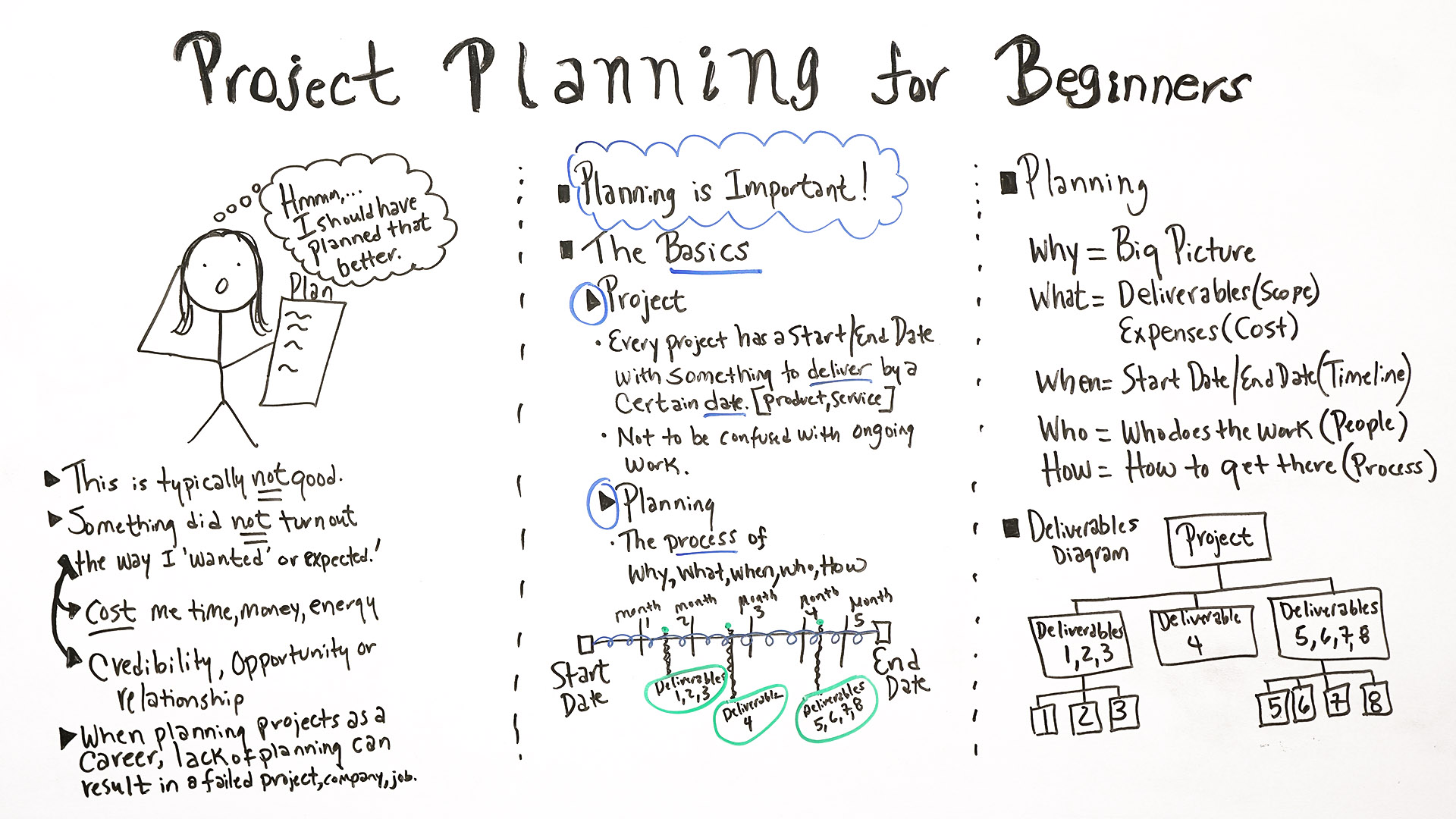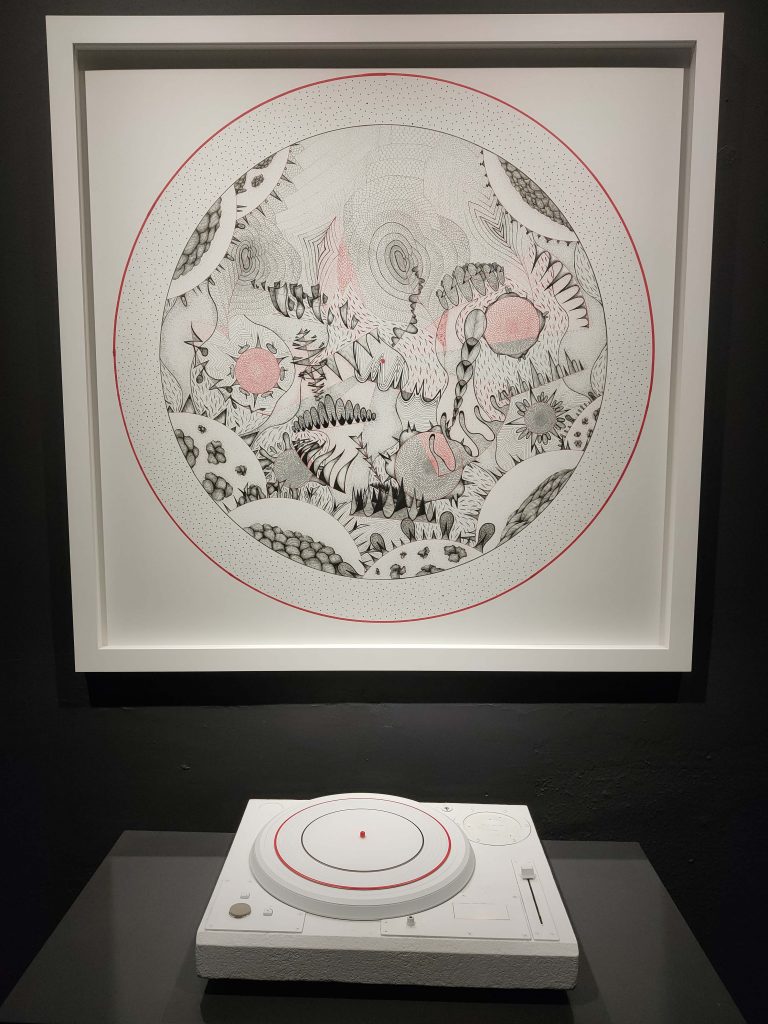
To be honest I don’t really know what kind of critique I am supposed to write for an research article that is so general, but I am going to give it a shot anyway at providing my own opinions after reading Chapters 2 and 5.
Chapter 2 talks about Project Management Goals and Activities. Project Management is an outcome-oriented process. Concepts are determined by the outcomes the projects produce and these outcomes, in turn, determine the usefulness of the project management concepts.
There are two main lists the chapter focuses on:
Five Phases:
- Start- the project begins
- Planning- figuring out how to perform the work
- Design- the project’s overall design is worked out
- Production- preparation of construction documents and/or other deliverables based on the overall design
- Closeout- the project work is completed.
Six Activities and Project Management:
- Defining the design project’s scope of work, budget, and schedule-in effect, determining the project objectives
- Planning the work effort so that the project scope of work, budget, and schedule will be met
- Directing the design team as it does the work so the project objectives will be met while staying within budget and on schedule
- Coordinating the efforts of the design team so that interdisciplinary information flows smoothly and at the right time
- Monitoring the design team’s work product and progress against the project objectives, budget, and schedule
- Learning from the project- what went right, what went wrong, and how to improve performance on the next project
Oookay I think these points are good for reference when it comes to panning a project. But I think I will be working solo for my FYP, so I feel that many of these roles have to be changed and altered for a solo job. Nevertheless I do agree that more planning and scheduling is never too much. This is why I keep a planner for my daily life as well; because I need that organization over my own hectic lifestyle.
Chapter 5 is about Planning the Project. It is mentioned that a project work plan should be developed before beginning every project.
Basic to-knows for a Project Manager:
- An understanding of project management
- The technical knowledge and experience that comes from actually doing design work
The project planning process is iterative (Starts from developing the big picture conceptually, without much detail. More details are added once the design develops.), while production task work is linear. I think that this is pretty reasonable, because when we focus too much on the details for a small portion, we tend to neglect the larger picture and we start becoming close-minded. The whole project will become a disconnected Pinocchio-looking donkey if we focus too much on one thing at a time without referring back to the bigger picture. Mix-and-matching does not work all the time.
Ishikawa’s Fish Bone

I think what is particularly interesting and useful for my project planning is the Fish-bone diagram by Dr. Kaoru Ishikawa. It is a graphic way of dividing a project, or problem, into its cause-and-effect bites. It is used to plan a project by diagramming all the cause-and-effect tasks that are necessary to complete a project. I think this is very relevant to a big project especially because more often than not, we tend to lose sight of our main objectives and diverge once we discover something new. It is like focusing on fancying your egg mixture with salt and pepper and other herbs when you are supposed to be baking a cake. With a fishbone structure it is easy to refer back to what we need to do and only focus on what is needed rather than diverge onto other topics and objectives that are not that important or significant.
Six Objectives of the Project Work Plan (a step-by-step method for accomplishing the work):
- Definition of the project objectives
- Identification of the project team
- Breakdown of the project into task budgets
- Development of the project schedule
- Establishment of the project quality-control program
- Identification of other project-specific procedures and standards
It divides the project into logical tasks for performance and monitoring purposes. It is easy to make mistakes or leave tasks out if objectives are unclear without a work plan. I will prolly be using this planning structure for FYP, but at the same time I feel that this is too early to think about for now since I don’t even have my final FYP idea yet. But it is still good reference.
The Ideal Work Breakdown Structure, just for reference:
- It is developed iteratively, starting with the whole and getting more and more detailed with each subsequent pass. It is hierarchical, that is, component parts relate to each other in terms of importance.
- It has the right amount of detail, no more and certainly no less.
- Tasks are defined by objective, duration and level of effort. It is based on relevant past experience in both project management and design.
I think after reading the two chapters, the whole gist is just to be super organized and orderly when you are planning a project. This means more paperwork, but this also means more clarity and more organization in life in general. It is very troublesome to keep track of everything in black and white schedule but it will ultimately benefit you because that one day you have a mental breakdown, you won’t lose track of your life because you can simply refer back to your very perfectly and clean planned schedule to figure out what you need to do. I mean in the end, there’s a reason why big companies have so much paperwork and schedules and files of information to sieve through. That’s because their projects can get so messy and complex that they need all these paperwork to keep things in check and keep even themselves up to check.
Overall, especially for FYP, it is very beneficial because the time spent doing the project is too long yet too short. Too long, because it is a whole year of things to do. Too short, because there are so many things to do and plan that not going without a schedule can be insane and you can get backlogged work instead.






